June 2021 - Update
PAYG and GST Instalments
As part of its digital improvement program, the ATO stopped issuing paper quarterly PAYG and GST instalment notices where taxpayers had a digital preference on ATO systems. The September 2020 notice was the last one issued to these taxpayers. The following instalment notices and all other ATO correspondence were issued to myGov accounts.
Please be sure to check your myGov accounts for your PAYG and GST instalments.
Cryptocurrency under the microscope this tax time
ATO data analysis shows a dramatic increase in trading since the beginning of 2020 and has estimated that there are over 600,000 taxpayers that have invested in crypto-assets in recent years.
This year, the ATO will be writing to around 100,000 taxpayers with cryptocurrency assets explaining their tax obligations and urging them to review their previously lodged returns. The ATO also expects to prompt almost 300,000 taxpayers as they lodge their 2021 tax return to report their cryptocurrency capital gains or losses.
Gains from cryptocurrency are similar to gains from other investments, such as shares. CGT also applies to the disposal of non-fungible tokens ('NFTs').
The ATO matches data from cryptocurrency designated service providers to individuals’ tax returns, helping it to ensure investors are paying the right amount of tax.
The best tip to nail your cryptocurrency gains and losses is to keep accurate records including dates of transactions, the value in Australian dollars at the time of the transactions, what the transactions were for, and who the other party was, even if it’s just their wallet address.
Businesses or sole traders that are paid cryptocurrency for goods or services will have these payments taxed as income based on the value of the cryptocurrency in Australian dollars.
Holding a cryptocurrency for at least 12 months as an investment may mean the holder is entitled to a CGT discount if they have made a capital gain.
Temporary reduction in pension minimum drawdown rates extended
The Government has announced an extension of the temporary reduction in superannuation minimum drawdown rates for a further year to 30 June 2022.
As part of the response to the coronavirus pandemic (and the negative effect on the account balance of superannuation pensions), the Government reduced the superannuation minimum drawdown rates by 50% for the 2019/20 and 2020/21 income years.
This 50% reduction will now be extended to the 2021/22 income year.
Super Guarantee rate rising from 1 July 2021
The super guarantee rate will rise from 9.5% to 10% on 1 July 2021, so businesses with employees will need to update their payroll and accounting systems to incorporate the change.
Family assistance payments
Individuals receiving Child Care Subsidy and Family Tax Benefit payments from Services Australia mustlodge their 2019/20 Individual tax returns by 30 June 2021. Lodgement deferrals with the ATO do not alter this requirement.
If tax return lodgement is not made by 30 June 2021:
- clients receiving Child Care Subsidy may lose their ongoing entitlement and/or receive a debt from Services Australia and have to repay the amount received in the 2019/20 financial year; and
- clients receiving Family Tax Benefit may miss out on additional payments, may also receive a debt from
Services Australia and/or may have their fortnightly payments stopped.
Luxury car tax threshold
The LCT threshold for fuel efficient vehicles in 2021/22 is $79,659 (up from $77,565 in 2020/21) and the LCT threshold for other vehicles in 2021/22 is $69,152 (up from $68,740 in 2020/21).
Note that these thresholds determine whether LCT is payable, and are different from the luxury car depreciation limit of $60,733 for 2021/22.
New ATO data-matching programs involving property
The ATO will engage in two new data matching programs dealing with property transactions.
- property management data from property management software providers for the 2018/19 through to 2022/23
- rental bond data from state and territory rental bond regulators bi-annually through to 30 June 2023
Victorian Circuit Breaker Business Support Package
If you are an ABN holder with a GST registration (Individual/Company/Trust/Partnership) affected by the recent Victorian Circuit Breaker Restrictions, you may be eligible for a cash grant.
- Business Costs Assistance Program Round Two
Grants of $ 2,500 to $5,000 for eligible businesses and sole traders in the most impacted sectors. Applications are open now and will close on Thursday 24 June 2021. Please use the following link to determine if your business is in an eligible industry.
https://business.vic.gov.au/grants-and-programs/circuit-breaker-business-support-package/business-costs-assistance-program/eligible-anzsic-classes - Licensed Hospitality Venue Fund
The Licensed Hospitality Venue Fund 2021 program provides businesses holding an eligible liquor licence and food certificate with a $3,500 or $7,000 grant per premises. The program is now open for applications and will remain open until 11:59pm on Thursday 24 June 2021.Eligible liquor licensees under the Licensed Hospitality Venue Fund 2021 payment have been emailed directly by Business Victoria with a link to their grant application form.
Crawford News






